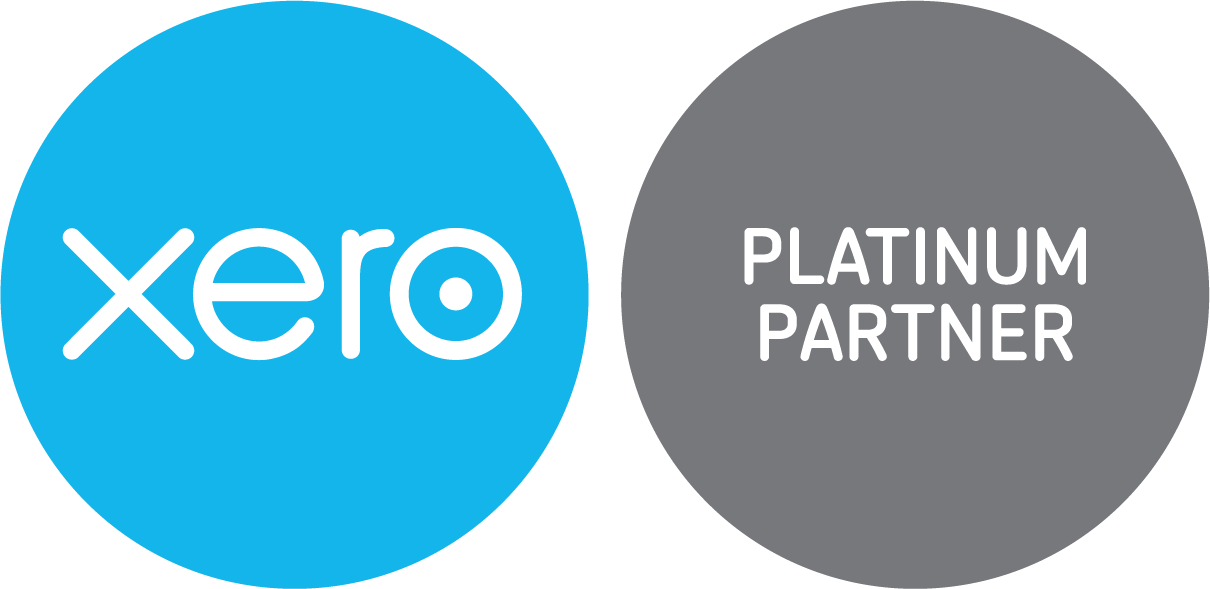20th November 2023
In today's fast-paced business landscape, staying profitable is an ongoing challenge, especially with the ever-increasing costs that businesses face. From raw materials to operational expenses, the upward trend in costs can pose a significant threat to your bottom line. However, with strategic planning and proactive measures, businesses can not only weather the storm but also thrive in the face of rising costs. In this blog post, we'll explore effective strategies for optimizing profitability in challenging economic times.
READ MORE


